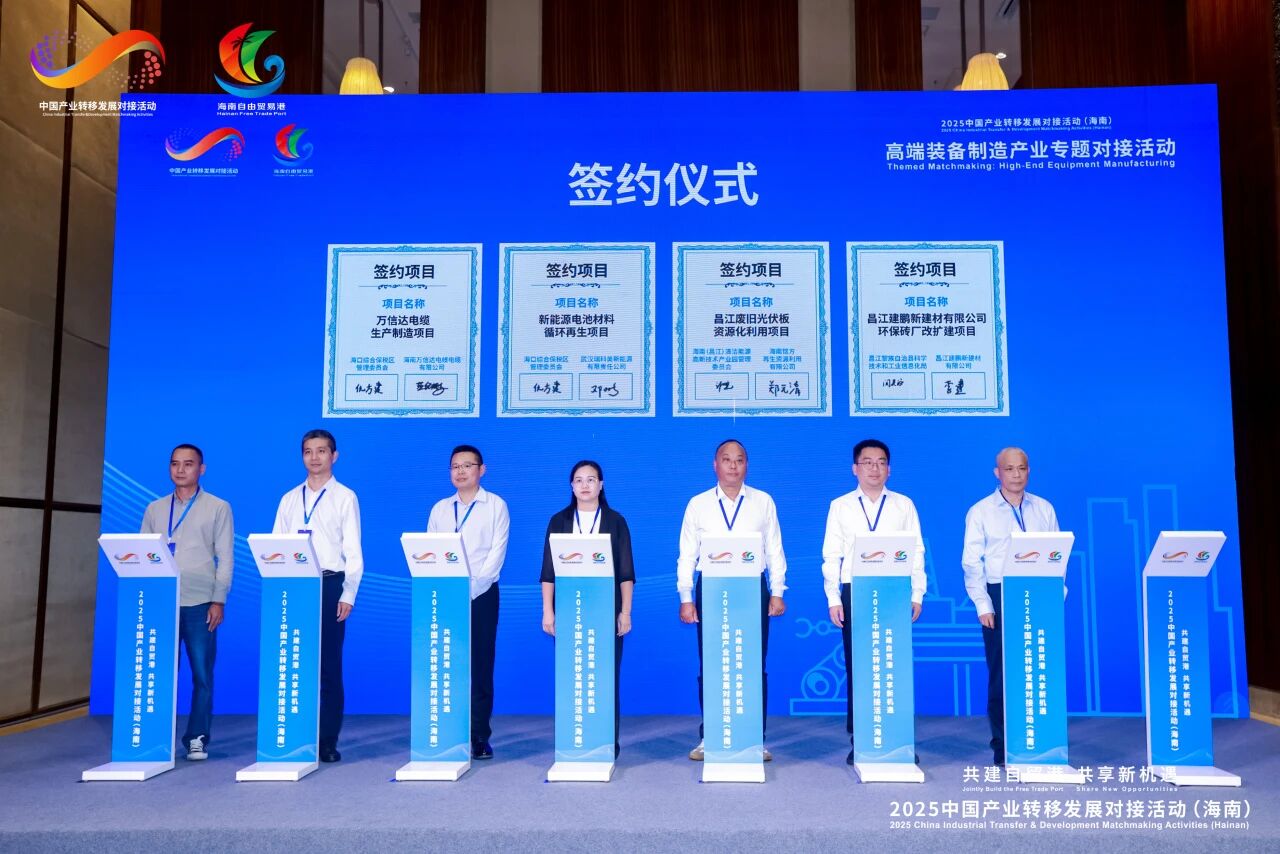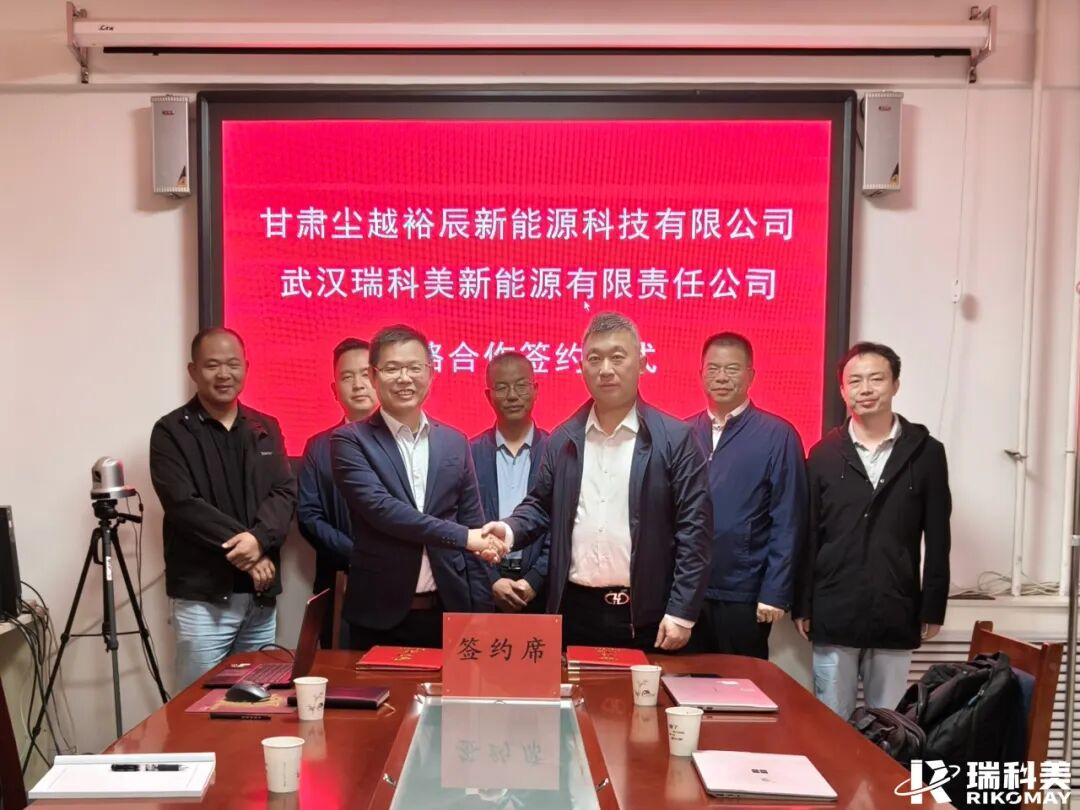Global lithium battery recycling industry enters the fast lane of high-quality development: Interpretation of joint research report by Deloitte China and CAS
Recently, Deloitte China and Chemical Abstracts Service (CAS), a branch of the American Chemical Society, jointly released a research report titled "Lithium ion Battery Recycling: Market and Innovation Trends for a Green Future". The report focuses on the lithium-ion battery recycling industry, analyzing in depth the current situation and future development trends of the industry from policy, market, technology, and other aspects.
(1) Industrial driving force: policy, market, and technological synergy
Building an industrial infrastructure framework through policies and regulations
Major economies around the world have successively introduced regulatory systems such as the "EU New Battery Law" and the "China's 14th Five Year Plan for Circular Economy Development", establishing extended producer responsibility systems and hazardous waste management standards, and forming a regulatory framework covering the entire lifecycle of batteries. China has established a complete policy system covering top-level design, industry standards, and pilot demonstrations. The introduction of the "Management Measures for the Recycling and Utilization of New Energy Vehicle Power Batteries" in 2023 also marks the industry entering a stage of standardized development.
Market supply and demand drive industrial expansion in both directions
The explosive growth of the new energy vehicle market has driven a significant increase in the installed capacity of power batteries. From 2021 to 2030, the global scrap volume of power batteries is expected to climb at a compound annual growth rate of 43%, forming a 10 million ton recycling market. Upstream resource constraints accelerate industry layout, and the supply-demand gap for strategic metals such as lithium, cobalt, and nickel is expected to reach 15% -30% by 2035. Battery recycling can meet 20% -30% of global lithium demand, becoming a critical path to ensure supply chain security.
(2) Global Industrial Ecological Panorama Analysis
Capacity layout presents regional agglomeration characteristics
The current global recycling capacity has exceeded 1.6 million tons per year, with a planned capacity of 3 million tons per year. China leads the world with 60% of its existing production capacity, forming industrial clusters in the Yangtze River Delta and Pearl River Delta. The European Union accelerates local production capacity construction through the Key Raw Materials Act, while North America attracts over $5 billion in investment through the IRA Act.
Building a closed-loop ecosystem through industrial collaboration
Automobile companies, battery manufacturers, and professional recyclers form a strategic alliance, and the lithium battery recycling industry chain covers battery production, vehicle production, battery scrap disposal, and other links, involving car manufacturers, battery manufacturers, third-party recyclers, and other participants. They participate through different strategies, and the application of digital product passports (DPP) helps to build a closed-loop industry chain.
(3) Technological Innovation Graph and Process Evolution
Patent layout showcases technological leadership
China leads technological innovation with 58% of global patents, focusing on breakthroughs in cathode material recycling technology. The wet metallurgical process maintains a mainstream market share of over 90%, and the direct recycling technology achieves a laboratory level 95% recovery rate of positive electrode materials. The energy consumption of biological leaching technology is reduced by 40% compared to traditional processes. At present, pyrometallurgy and hydrometallurgy still dominate the recycling industry, but emerging technologies such as direct recycling are gradually receiving attention.
Continuous optimization of technology and economy
Innovation in recycling technology focuses on improving metal recovery rates and reducing costs. New technologies such as deep eutectic solvents (DES) and biological leaching continue to develop, but still face challenges in terms of cost and efficiency. Digital tools can be used for material tracking, process optimization, etc., to improve recycling efficiency and traceability. Cross industry chain cooperation continues to strengthen, with key areas of cooperation including establishing closed-loop systems and promoting technological innovation. The profitability of battery recycling business is influenced by recycling costs, material values, and environmental benefits. Enterprises need to choose appropriate recycling processes, reduce costs, and achieve economies of scale. The strategic focus varies at different stages of development.
(4) Outlook on Sustainable Development Path
Technological integration gives rise to new business models
Blockchain technology enables battery traceability management, digital twin technology optimizes recycling process design, and AI algorithms improve metal recovery rates by 2-3 percentage points. Models such as battery banking and leasing recycling lower the entry barriers for end users.
Environmental benefits create new dimensions of value
The carbon emissions per ton of regenerated lithium carbonate are reduced by 6.8 tons compared to mineral resources, and water resource consumption is reduced by 50%. The EU Carbon Border Adjustment Mechanism (CBAM) promotes a 15% -20% premium for recycled materials, and environmental equity trading has become a new profit growth point for enterprises.
It is expected that by 2030, the global market size for power battery recycling will exceed 100 billion yuan, forming a new industrial ecology that is resource-saving and environmentally friendly. With breakthroughs in disruptive technologies such as material genomics and intelligent disassembly robots, the industry will accelerate its evolution towards refinement, intelligence, and low carbonization, providing sustainable solutions for the global energy transition.
Recommended Posts
-
To fully implement the important instructions of General Secretary Xi Jinping on cultivating more specialized, sophisticated, distinctive and innovative small - and medium - sized enterprises, the Ministry of Industry and Information Technology has organized the identification and review work of the national specialized and sophisticated "Little Giant" enterprises in 2025, and completed the review recently. On October 20, 2025, the Hubei Provincial Department of Economy and Information Technology officially released the list, and WUHAN RIKOMAY NEW ENERGY CO., LTD. was successfully rated as a national specialized and sophisticated "Little Giant" enterprise. The publicity ended on October 24, and it was officially recognized. Specialized and sophisticated "Little Giant" enterprises are the best among specialized, sophisticated, distinctiv...
-
Full Dry-Process Recycling On October 17 at 9:00 AM, the 2025 China Industrial Transfer and Development (Hainan) was grandly held in Haikou. This event, under the theme "共建自贸港 共享新机遇," was chaired by Liu Xiaoming, Deputy Secretary of the CPC Hainan Provincial Committee and Governor of Hainan Province. Feng Fei, Secretary of the CPC Hainan Provincial Committee and Director of the Standing Committee of the Hainan Provincial People's Congress, and Zhang Yunming, Member of the Party Leadership Group and Vice Minister of the Ministry of Industry and Information Technology, delivered important addresses. At the opening ceremony, as a key project, WUHAN RIKOMAY NEW ENERGY CO., LTD. and Haikou Industrial Development and Investment Group Co., Ltd. (hereinafter referred to as "Haikou Industri...
-
On October 3, WUHAN RIKOMAY NEW ENERGY CO., LTD. signed an agreement with Gansu Chenyue Yuchen New Energy Technology Co., Ltd. in Gulang County, Wuwei City, Gansu Province. This signing marks the official entry of WUHAN RIKOMAY NEW ENERGY CO., LTD. into the Northwest China lithium battery recycling market through a novel cooperation model. Both parties will join hands to create a closed-loop industrial chain for lithium battery recycling and energy storage projects, promoting low-carbon, environmentally friendly, and sustainable development of the new energy industry in Northwest China. Northwest China boasts abundant wind, solar, and energy storage resources. Currently, the installed capacity of new energy storage in the region has exceeded 14.3 GWh, with a large number of lithium battery energy storage syste...




